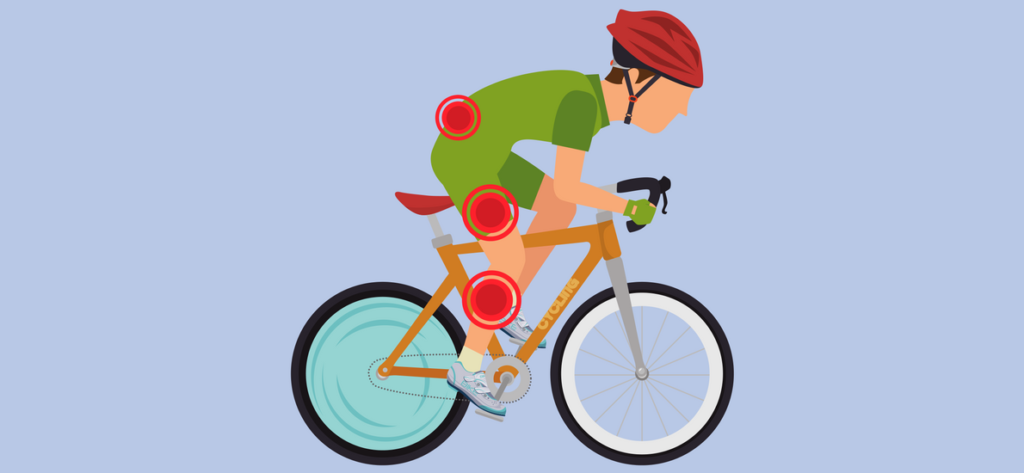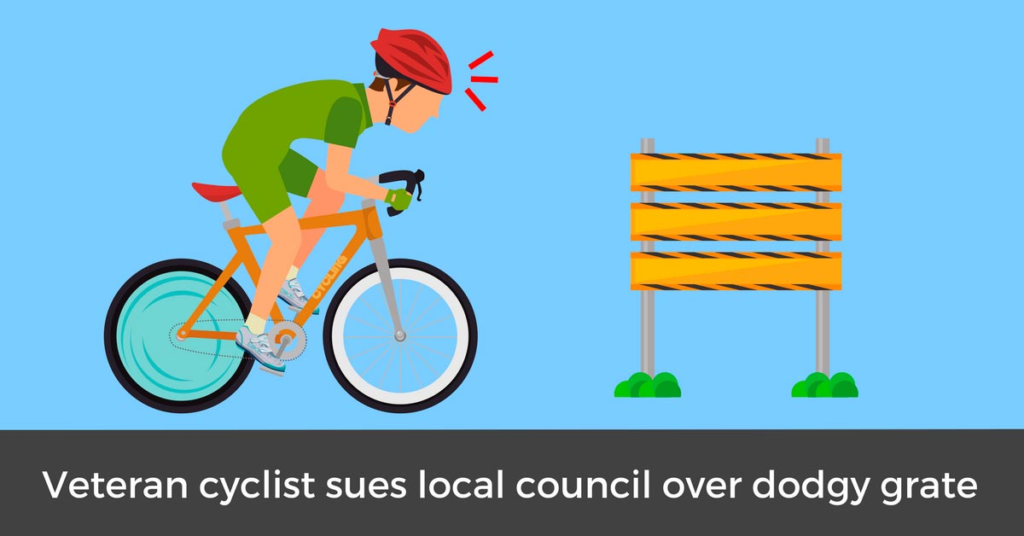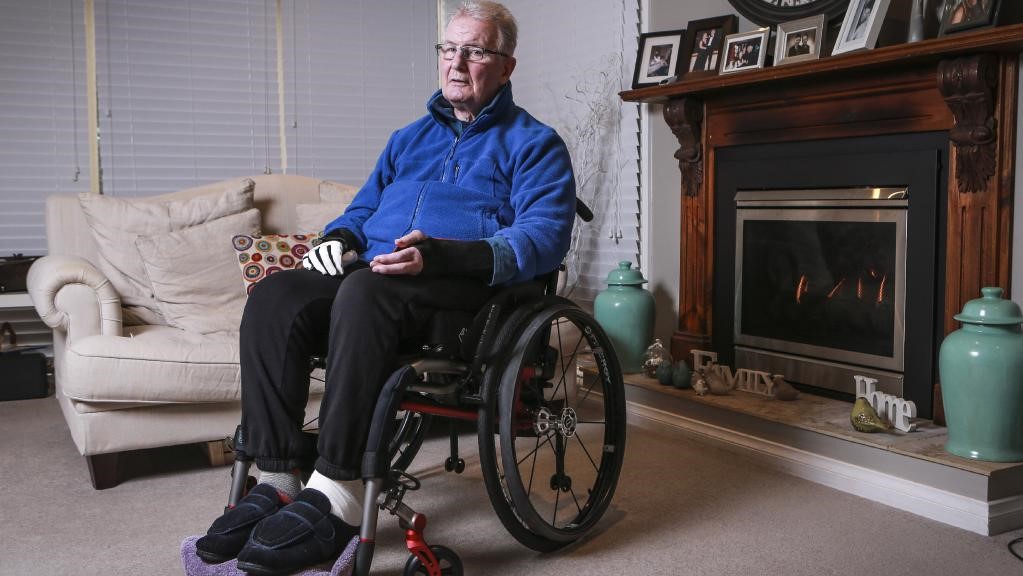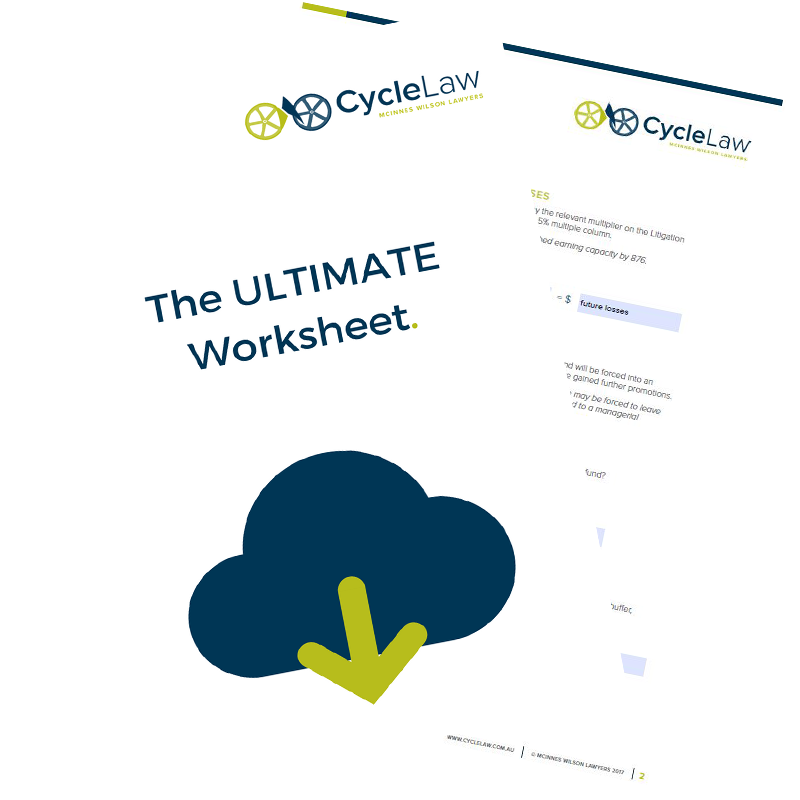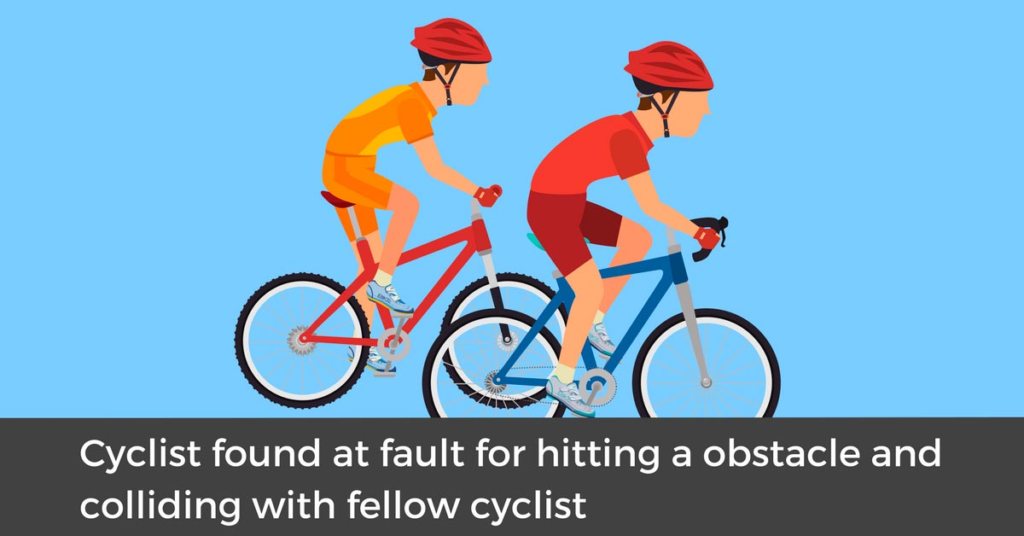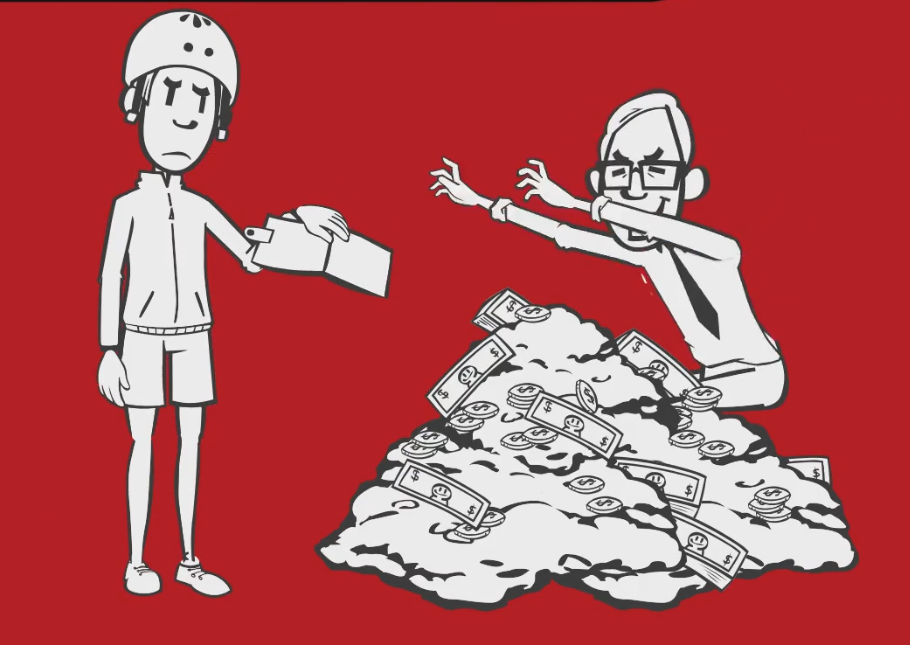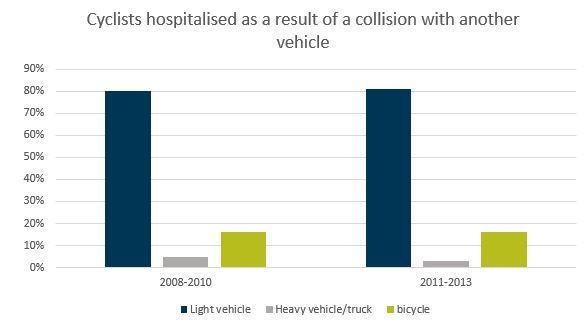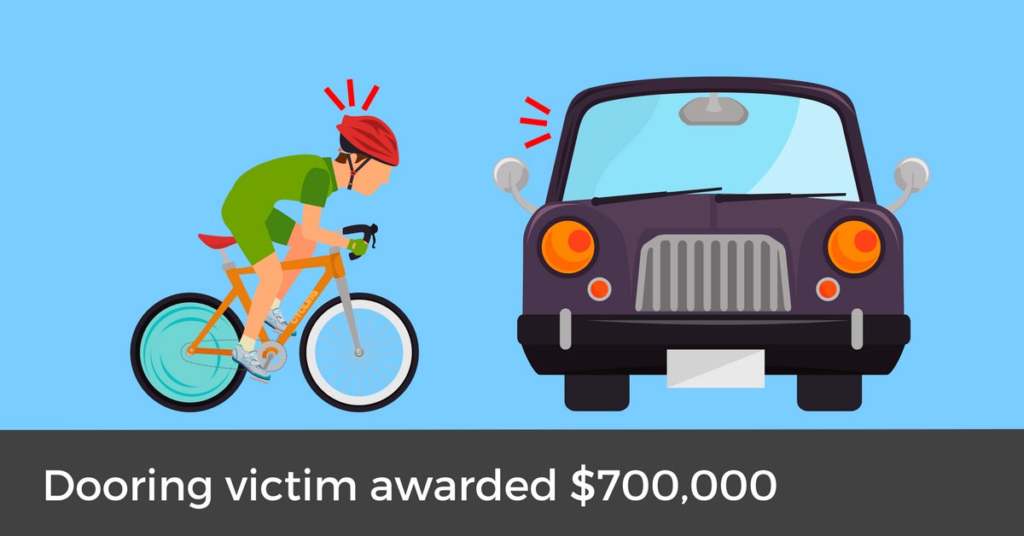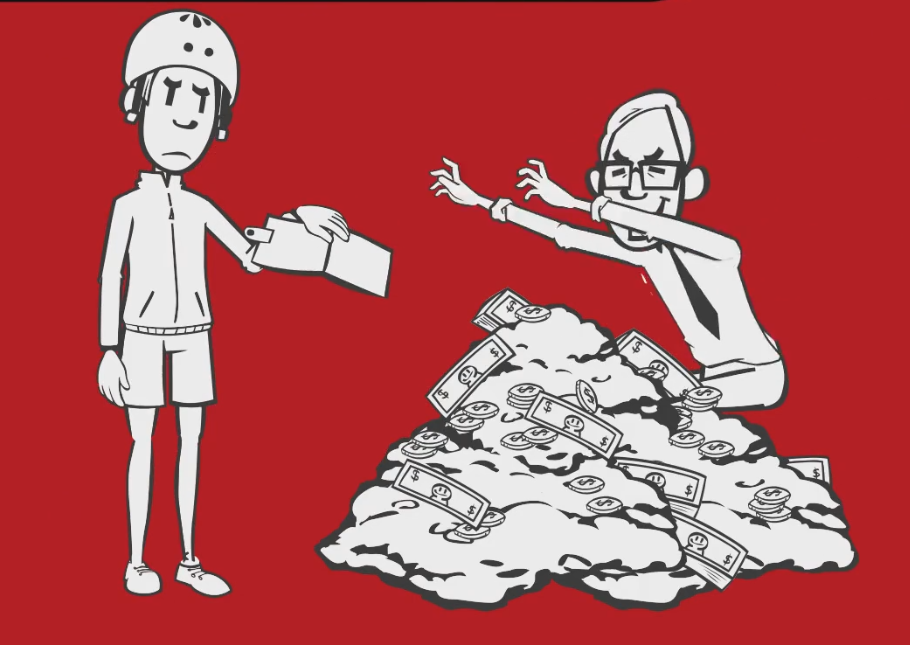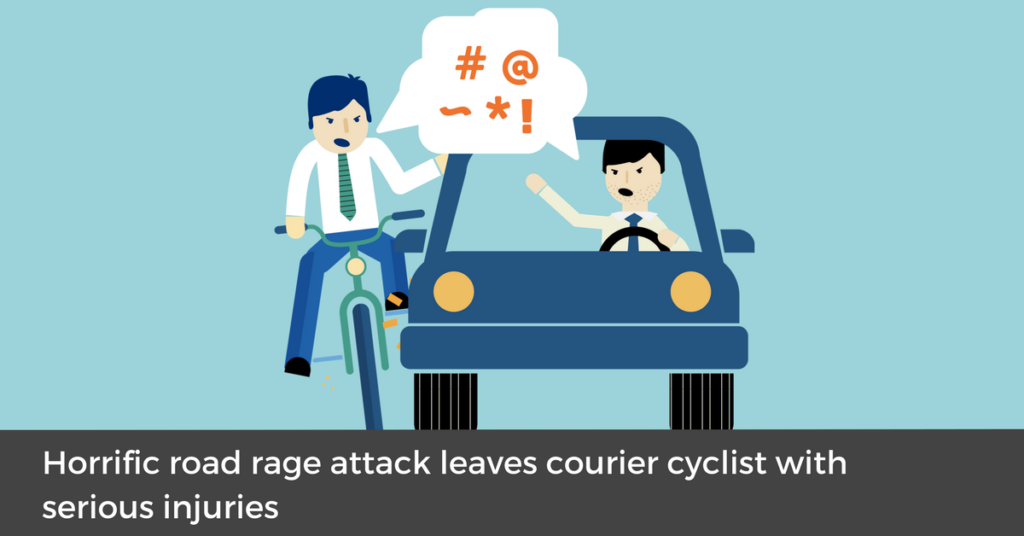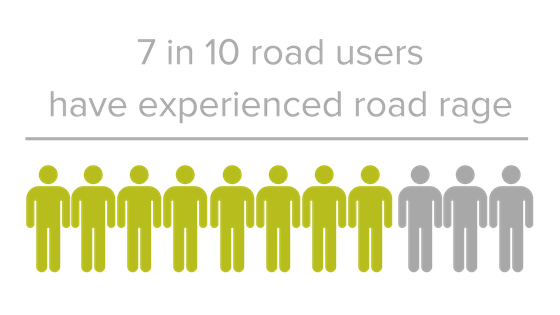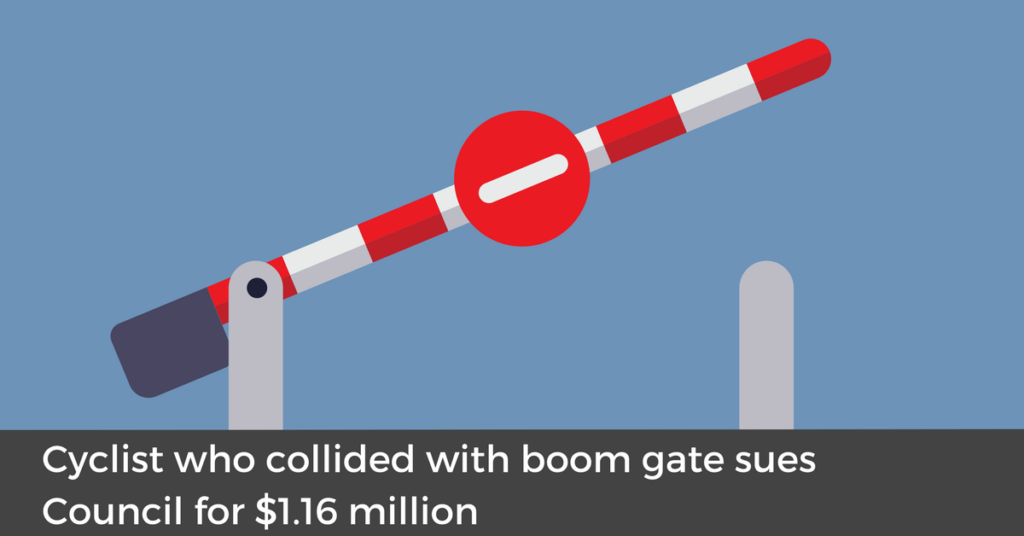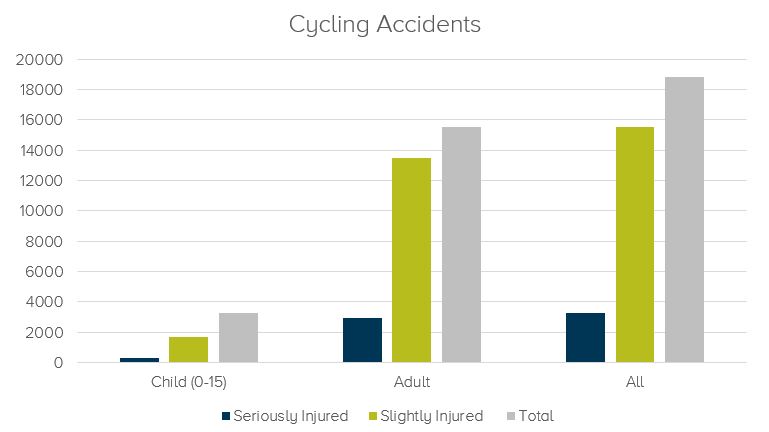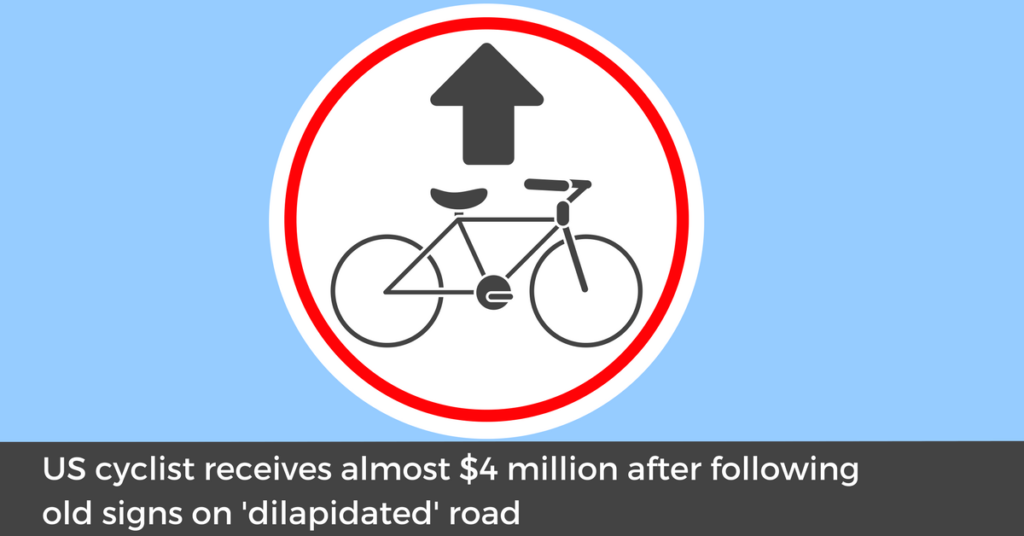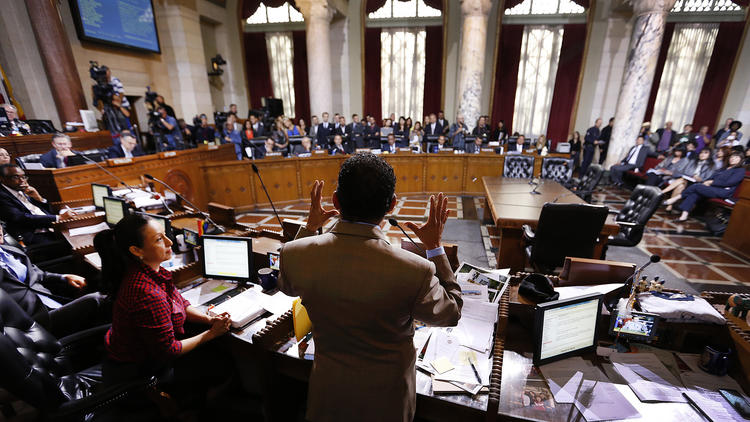Back pain is an extremely common complaint. We frequently hear of back pain and injuries from our clients, and have found it to be a difficult hurdle to overcome despite its frequency.
We have enlisted the help of Physiotherapist, Donovan Baker from Queen Street Physiotherapy in Brisbane for his expert advice on back pain management. Donovan has extensive clinical experience in musculoskeletal and sports physiotherapy and has a keen interest in achieving manageable solutions for clients living with pain and limitations.
We sat down with Donovan to continue our back pain myth busting series. If you missed last month's article on whether exercise and movement is good for back pain, read it here.
This month we discuss managing how we view pain and that severe pain sometimes doesn't mean you have done severe damage.
Read on to see his insights and why movement is so important for a speedy recovery.

Why does severe pain not necessarily mean severe damage?
This is a very in depth question but I will do my best to keep it short and simple.
To understand that pain doesn’t equal damage you need to wrap your noggin around pain itself. Pain is, 100% of the time, an output of the brain. It does not come from the tissues but from the brain interpreting data and evaluating whether said data is harmful to you. Pain acts a protective mechanism. It is there to stop you doing dumb things and hurting yourself. The brains takes into account not only the signals from tissues, but also draws on past experiences, emotional state, current stress levels, thoughts, beliefs, attitudes…the list goes on. The brain and central nervous system (CNS) does an incredible job in processing all this data in an instant, but occasionally it makes mistakes and can give you the sensation of pain when really there isn’t any damage happening.
Tissue damage commonly goes hand in hand with acute pain, but not always. You sprained your ankle, it hurts like a b#$%* but typically heals up in a few weeks and you’re encouraged to stay active. On the flip side you can bend over one morning to tie your shoes and your back seizes up, again hurts like a b#$%* but it doesn’t necessarily mean tissue damage. You haven’t slipped a disc, there’s no nerve root compression it’s just painful and stiff, and takes a little time and TLC to get back to doing the things you love. The brain, for whatever reason, doesn’t like that bending move even though you’ve done it a thousand times before, and it locks up the low back. Tight muscles, stiff joints and super wired nerves can give you a great deal of misery.
There’s a really interesting case about a construction worker that ended up with a metal pole sticking straight through his boot. The guy was in agony, screaming the house down. They got him to hospital and cut the boot off. Turns out the pole had gone between his toes. Didn’t break any bones, didn’t even pierce the skin. Once he saw it he calmed down and very soon wasn’t feeling a thing. But because he thought he would have a gaping hole in his foot, his brain had conjured up the pain! Now ask him at the time and he would have sworn on dear old Nana’s life the pain was real, not in his head. This is a case of the brain misprocessing data, and creating the output of pain.
This is a very complex topic but there are some great Youtube videos that break it down nicely. Check out ‘Understanding Pain in less than 5 minutes, and what to do about it!’ and also ‘TEDxAdelaide - Lorimer Moseley - Why Things Hurt’.
When someone is experiencing severe pain what might be causing it?
In terms of severe low back pain, an almost countless number of things, but there are a few main ones we see at Queen Street Physiotherapy.
1
Tissue or mechanical damage
This can be bulging discs, vertebral fractures, vertebral ligament sprains, muscular strains or spasms (a very small percentage of people actually have this type of severe back pain)
2
Neuropathic pain
This is damage to or overactive nerves. A bulging disc compressing on a nerve will give you pain down said nerve. Think about hitting your funny bone and how that shoots down to your hand, similar concept.
3
Non-specific lower back pain
Exactly like what it sounds. There’s no specific structural or mechanical issue, the back just bloody hurts! See the above explanation on why this can be so.
When should we be more concerned that it's something more sinister?
Here are the main nasties/red flags we look out for in low back pain.
There are other red flags which physio’s look for, but the above are the more serious ones that need urgent attention.
What are the top products you recommend to help someone manage pain?
There are a lot of great products out there that can help ease back pain.
I personally love a hot pack and my trusty trigger point ball.
Heat can help locally at the site of pain, makes it feel warm and snug. But also can decrease the ‘pain signals’ getting to the brain by giving the nerves something else to report to the brain…in this case, heat.
My trigger ball also gets a good workout. Triggering tight musculature around the low back can help a lot. I go for my glutes and ITB, but also the bigger muscles in the back, QL and erector spinae. If you don’t know these you’ll need to be shown by your physio. And if the trigger ball is too intense you can use a foam roller instead.
Thanks Donovan.
If you missed last month's article from Queen Street Physiotherapy on whether exercise and movement is bad for back pain, check it out below.
Stay tuned for another article from the Queen Street Physiotherapy team in January.
In the meantime, if you have any questions regarding this interview, treatment of back pain or other health issues please do not hesitate to contact Donovan and the rest of the team by visiting the Queen Street Physiotherapy website.
Queen St Physiotherapy offers ergonomic advice, podiatry, custom made orthotics, running assessment, hydrotherapy, dry needling, remedial massage, exercise and stretching programs.




